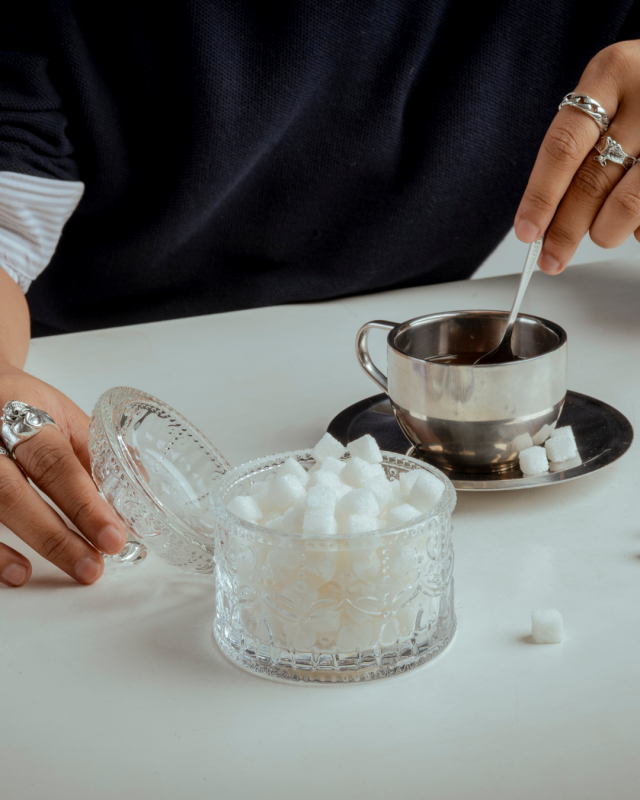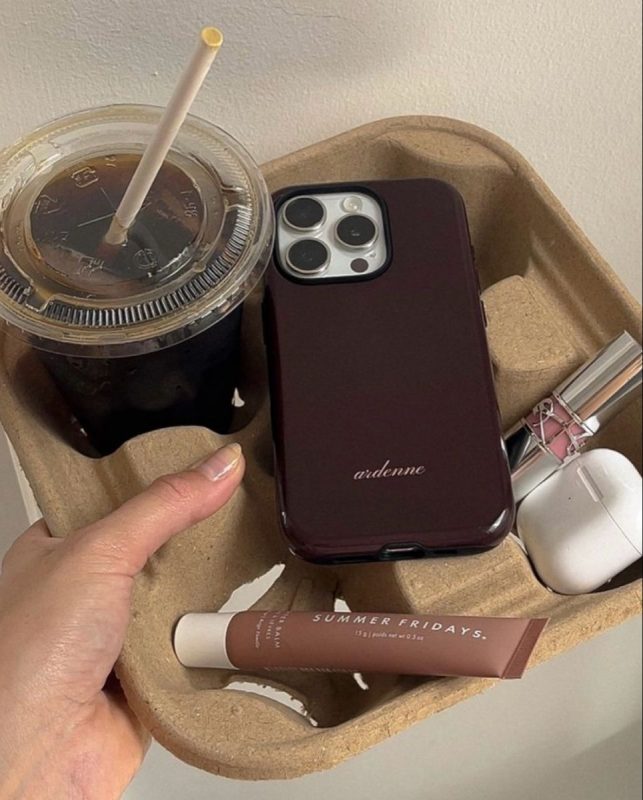News

Childhood favourites are making a comeback – but they’re not exactly how you remember them.
From jellybean-flavoured protein bars to dessert-inspired pastilles, food and drink brands are tapping into the power of nostalgia to fuel a new wave of product innovation, sales uplift, and consumer buzz.
These aren’t just random throwbacks. They’re strategic, socially optimised and tap into positive memory association, and they’re driving demand across shelves, feeds and shopping carts.
So, what is nostalgia, and why is it so powerful?
Nostalgia isn’t just a fond feeling. It’s a psychological response rooted in memory, emotion, and sensory association. Research shows that the sense of smell, in particular, is directly linked to the brain’s limbic system (the area responsible for emotional processing and memory formation). That’s why food-related memories often feel especially vivid and emotionally charged.
When a flavour, scent or texture takes us back to childhood, it can trigger a wave of comfort, familiarity and even belonging, particularly in moments of difficulty.
It’s more than a mood; it’s a shortcut to emotional connection. And for brands, that makes it a powerful tool for storytelling, engagement and loyalty.
So why the sudden surge?
The Return of Nostalgia
Across TikTok, tags like #nostalgia and #childhoodfood are racking up millions of views. Creators unbox retro sweets, recreate school-dinner puddings, and revisit forgotten flavours. But this content isn’t just playful, it’s emotionally charged, sensory, and designed for sharing. It taps into a growing cultural desire for comfort, familiarity and joy.
“In the world’s ongoing uncertainty, we’re seeing a powerful shift toward products that feel emotionally grounding. Nostalgic flavours offer more than fun, they bring a sense of safety, happiness and stimulate memories from childhood and simpler times. This desire for emotional connection will only deepen as consumers continue to navigate a world that feels unpredictable, finding reassurance in what they already know and trust” adds co-founder of b. the agency, Holly Brunskill.

Over the past six months, nostalgic-related launches have dominated food and drink NPD campaigns. We’ve seen:
- Liquid Death collaborate with Fruity Pebbles to launch a signature fruity flavoured sparkling water.
- Coca-Cola with a limited‑edition Orange Cream drop with fresh packaging.
- Crush with a Back to the 80’s Electric Blue Razz flavour.
- Roundtree’s with influencer marketing campaigns that empower people to re-discover their inner child and unleash their playful spirit.
- Blank Street with their childhood treats limited edition summer flavours
- Walkers brought back 90s classics Worcester Sauce and Tomato Ketchup flavours

Even retailers like Tesco are getting involved. In June, the brand dove into its sales data to show which top 10 90s snacks have been making a comeback with Brits (think Smirnoff Ice, Capri Sun, Disco crisps and Freddo bars).
Let’s take a look at what’s fuelling this movement.
Gen Z’s Taste for Throwback Culture
For Millennials, nostalgia might mean Custard Creams and Panda Pops. For Gen Z, it’s more about the aesthetic. Think pastel packaging, squishy textures, cartoon iconography, and sensory unboxing moments. Here’s what’s leading the trend:
TikTok virality: limited-edition launches styled with retro filters or “IYKYK” captions drive instant buzz and urgency to buy.
Cross-category uptake: from Sol de Janeiro’s sweet scents to Miu Miu’s ballet flats, throwback trends are having cross-category impact in fashion, fragrance, beauty and beyond.
Cost-of-living escapism: nostalgia offers low-stakes joy, an affordable indulgence that feels emotionally rich, even if the price tag is low.
For younger audiences, nostalgia works best when it’s experiential, something they can unbox, share, and emotionally connect with. In the right hands, it moves from passive memory to active brand currency.
What This Means for Brands
For food and drink brands, nostalgia presents a powerful opportunity. But to win, execution matters.
“Dig deeper, not wider. Don’t assume every throwback works as each one comes with nuances that have generational exclusivity. Know your audience’s specific memory markers – Gen Z might not know Angel Delight, but they connect with Y2K scents, gummy textures, and cartoon iconography” says Sally-Anne Stevens, Founder and CEO of b. the agency.
Brands can also consider:
Function with feeling: the most effective launches combine emotional triggers with product benefits. Today’s consumers are smart, and values led. Products that combine emotional triggers with practical benefits win on both fronts. Think: low-sugar sweets that still taste like childhood; high-protein versions of nostalgic favourites and functional beverages with science-backed benefits.
Design that matters: design isn’t just aesthetic – it’s strategy. Retro works, but only when it’s done with care. Tactile finishes, pastel hues, and playful fonts can spark recognition, but must be modernised for today’s tastes. Avoid clichés or overkill. Instead, aim for Y2K visual codes with a clean twist; unboxing moments designed for TikTok reveals; limited-edition packaging to signal collectability.
Think like a drop, not a SKU: nostalgic flavours thrive in drop culture. Limited runs, smart seeding, and story-driven launches can turn even the most everyday flavour into a high-impact moment. Partner with creators who have a genuine connection to the original product; build anticipation with flavour clues and soft drops; design packaging so distinctive it doesn’t just hold the product – but enhances the campaign.
The take away
The nostalgic flavour trend isn’t a gimmick. It’s a smart, emotionally charged response to shifting consumer needs, blending memory, comfort, and functionality. When done right, it doesn’t just spark buzz, it strengthens brand connection and affinity.
So whether you’re a challenger brand looking for your first viral moment, or an established name seeking cultural relevance – the next big flavour hit might just be hiding in your audience’s childhood.
Want more insight like this? Sign up to our newsletter or get in touch to explore how we help FMCG brands translate cultural insight into commercial impact: hello@b-theagency.com




